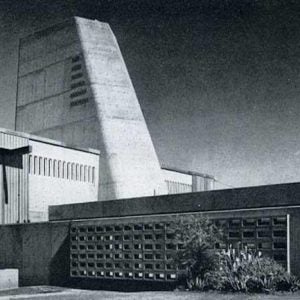Drums of legacy radioactive sludge from Sellafield's Pile Fuel Storage Pond (PFSP), the world's oldest nuclear storage pond, have been processed in the site's encapsulation plant for the first time, and is now ready for long-term disposal, Sellafield Limited announced on 14 February. The first 500-litre drum of sludge was transferred from the pond to the encapsulation plant in December. After cement was added to the drum and mixed with the sludge, a cement cap was added and the drum was sealed with a lid. The first drum was then transferred remotely to a storage facility where it will remain until the planned national geological disposal facility is available.
The PFSP pond was built and commissioned between 1948 and 1952. Together with the adjoining decanning building, it provided storage and cooling for irradiated fuel and isotopes from the two Windscale pile reactors. The PFSP was the first nuclear fuel storage pond to be constructed at Sellafield. It processed 2,100t of pile fuel and 300t of Magnox fuel until the 1970s. Extensive refurbishment and re-equipping took place in the 1980s and decommissioning started in the 1990s.
The PFSP contains skips of irradiated fuel and waste, each skip containing 6-12 cubic metres of material. The removal of sludge – consisting of algae, corrosion products and wind-blown material – that had accumulated in it began in 2008. Fuel removal began in September 2011. Sludge removal involves pumping the material into a purpose-built treatment plant next to the pond, before transfer to the drum filling plant. It will take several years to remove all of the sludge in the pond. A ten-year project to dewater the pond will start in 2019, while sludge is still being removed. Sellafield Ltd said the sludge removal project is being delivered 10 years ahead of schedule and for half the predicted GBP200m ($249m) cost.






